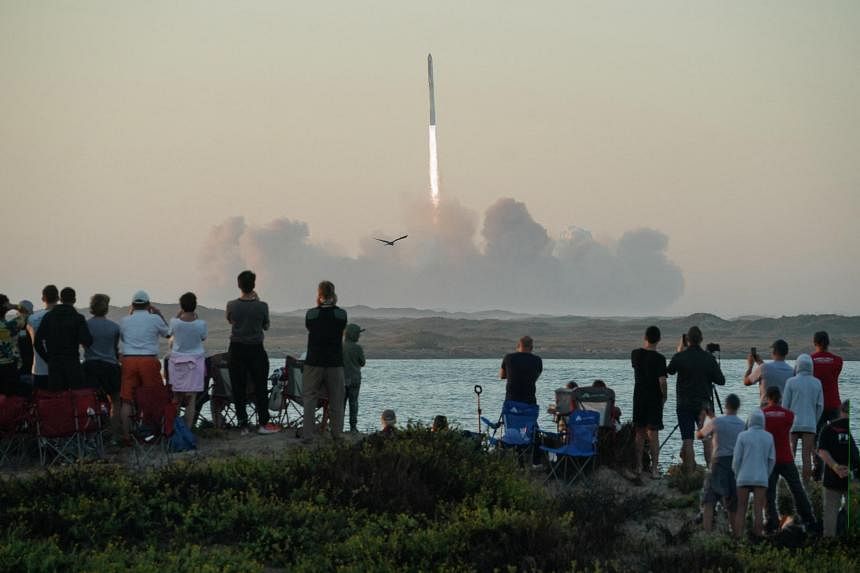In a setback for SpaceX’s ambitious Starship program, a recent launch ended in failure just minutes after the spacecraft reached the vast expanse of space. The incident unfolded during a critical phase of the mission, underscoring the challenges and risks associated with pushing the boundaries of space exploration.
The SpaceX Starship, a fully reusable spacecraft designed for missions to the Moon, Mars, and beyond, lifted off with great anticipation from the launch pad. Initial stages of the launch appeared to proceed according to plan, with the rocket soaring into the Earth’s atmosphere.
However, just minutes into the mission, unexpected complications arose, leading to a premature end to the flight. SpaceX engineers and officials observed anomalies in the telemetry data and made the decision to abort the mission for safety reasons.
Elon Musk, CEO of SpaceX, took to social media shortly after the incident, stating, “Unfortunately, the Starship launch did not go as planned. We experienced anomalies during ascent, and the mission had to be terminated. We will investigate the issue and learn from it to improve future launches.”
The failure underscores the inherent risks associated with developing and testing cutting-edge space technologies. SpaceX has been pushing the boundaries of space exploration with its ambitious Starship program, aiming to create a fully reusable spacecraft capable of carrying large payloads and transporting humans to other celestial bodies.
The exact nature of the anomalies that led to the failure is not yet clear, and SpaceX engineers are conducting a thorough investigation to identify the root cause. Preliminary assessments indicate that the spacecraft may have experienced issues with its propulsion system or guidance mechanisms.

The Starship program has been the focus of intense scrutiny and excitement within the aerospace community, with its potential to revolutionize space travel. The recent failure, while disappointing, is a reminder of the inherent challenges in the pursuit of groundbreaking technological advancements.
SpaceX has a history of resilience in the face of setbacks, having overcome challenges in previous missions to achieve remarkable successes. The company will likely leverage the lessons learned from this incident to refine and enhance the design and performance of future Starship launches.
As the investigation unfolds, the space community will be closely watching for updates from SpaceX regarding the specific cause of the failure and the corrective measures that will be implemented. Despite the setback, the industry recognizes that failures are an inherent part of the iterative process in space exploration, and each setback serves as a stepping stone toward achieving new milestones in the quest for space exploration and colonization.












